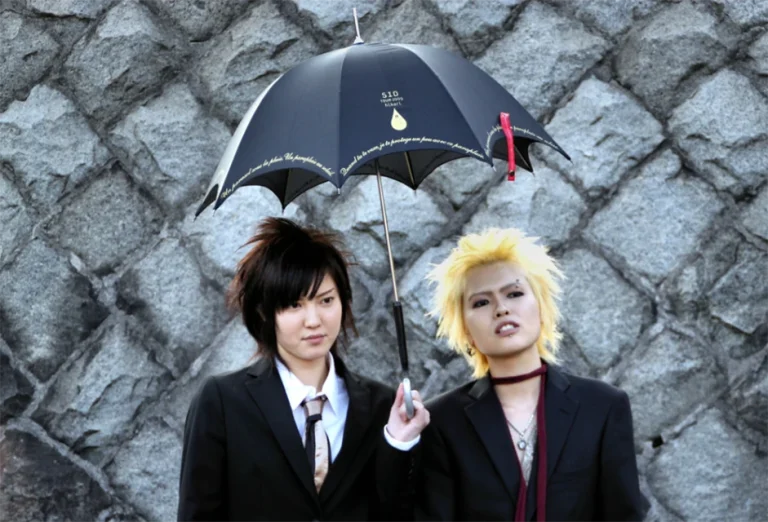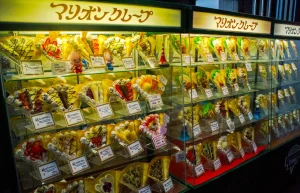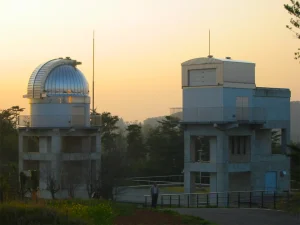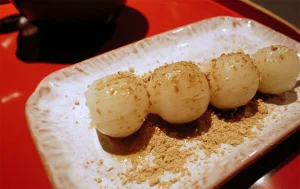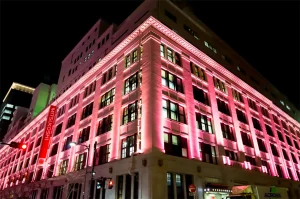Harajuku: Exploring the Vibrant History and Culture of Tokyo’s Iconic Fashion District
Harajuku, a neighborhood in Shibuya, Tokyo, has long been synonymous with youth culture and cutting-edge fashion. Known for its eclectic street style, Harajuku has been a hub of creativity and self-expression for decades. But Harajuku’s allure goes beyond its trendy boutiques and vibrant streets. Its history is rich with cultural significance, and its journey through the ups and downs of societal changes is fascinating. In this article, we’ll explore the colorful history of Harajuku, its rise to fame, and the challenges it has faced along the way.
The Origins of Harajuku
Harajuku’s history dates back to the Edo period (1603-1868), when it was a small post town along the main road connecting Tokyo (then Edo) to Kyoto. The name “Harajuku” translates to “meadow lodging,” reflecting its pastoral roots. During the Meiji period (1868-1912), Harajuku became a residential area, and with the establishment of Meiji Shrine in 1920, the neighborhood began to attract more visitors.
Post-War Transformation
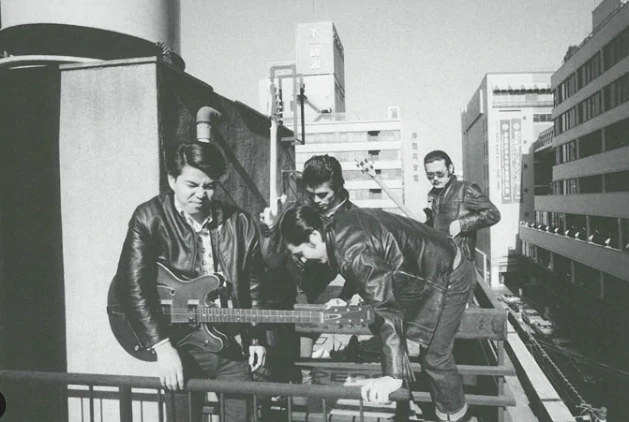
The real transformation of Harajuku began after World War II. The area around Harajuku Station became known as “Washington Heights,” a residential area for American military families. This influx of Western culture had a lasting impact on the local youth, who began to experiment with fashion and music. In the 1970s, Harajuku became the epicenter of Tokyo’s counterculture movement. Young people flocked to the area, eager to break away from traditional norms and express their individuality.
The Birth of Harajuku Style
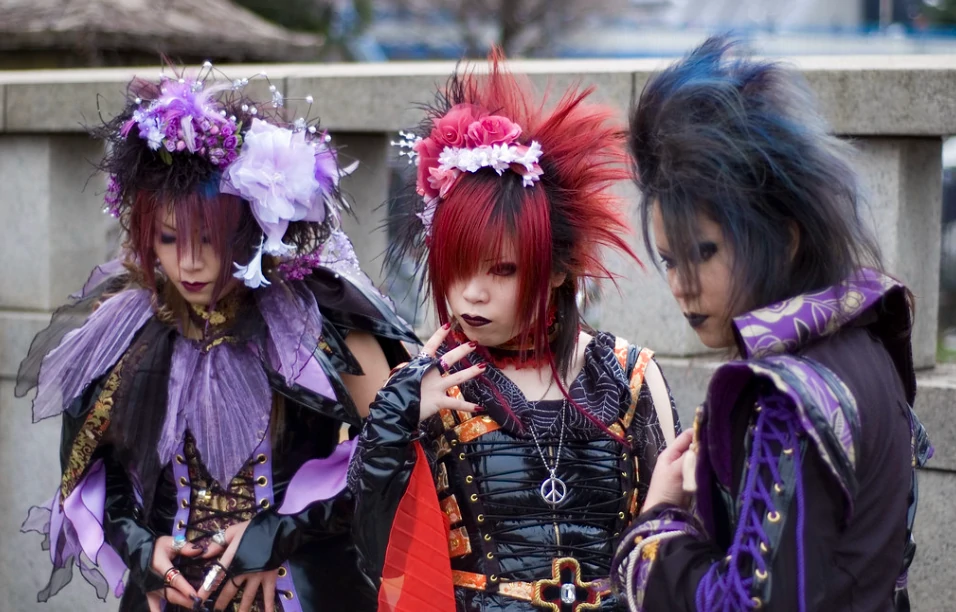
The term “Harajuku style” emerged in the 1980s and 1990s, as the neighborhood became a melting pot of various subcultures. From punk and gothic to lolita and decora, Harajuku’s streets were a vibrant display of creativity. Boutiques and thrift stores like Laforet and Takeshita Street became famous for their unique and often outrageous fashion offerings. The Harajuku style was characterized by its boldness, eclectic mix of colors and patterns, and a do-it-yourself ethos that encouraged individuality.
Harajuku’s Golden Age

The 1990s and early 2000s are often considered the golden age of Harajuku. The area was not only a fashion hub but also a cultural landmark. Magazines like “FRUiTS” documented the unique street fashion, bringing international attention to Harajuku. Gwen Stefani’s 2004 album “Love. Angel. Music. Baby.” and her introduction of the “Harajuku Girls” further catapulted the district into global fame. Harajuku became a must-visit destination for fashion enthusiasts from around the world.
The Downsides and Challenges
Despite its popularity, Harajuku faced several challenges. The commercialization of the area led to an influx of chain stores and luxury brands, which began to overshadow the independent boutiques and street vendors that gave Harajuku its unique charm. Rising rents and gentrification pushed many small businesses out, leading to concerns that Harajuku was losing its identity.
Moreover, the 2011 Tohoku earthquake and tsunami had a significant impact on Japan’s economy and tourism industry, and Harajuku was not spared. Visitor numbers dropped, and many businesses struggled to stay afloat.
Harajuku Today: A Blend of Old and New
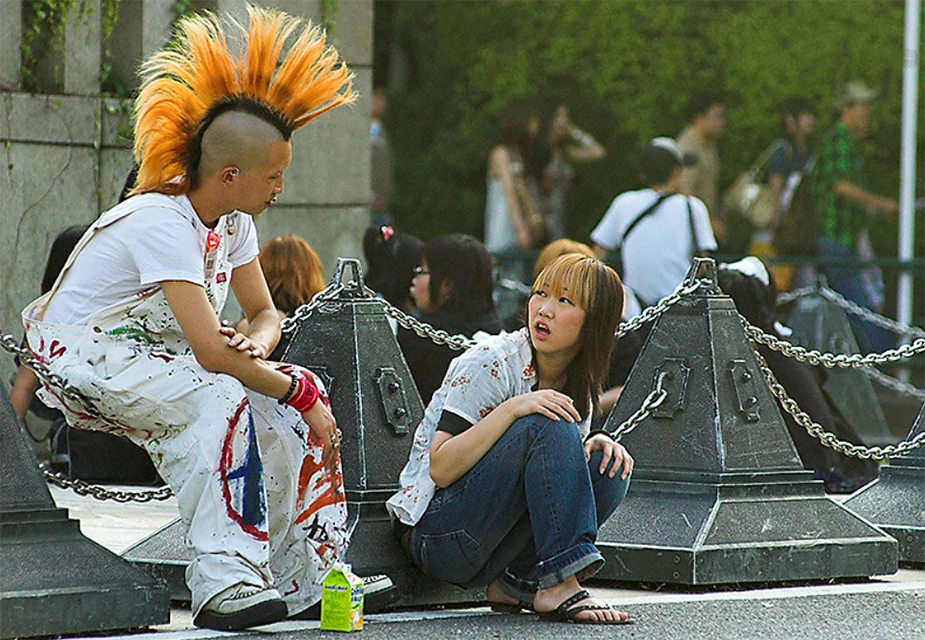
Today, Harajuku remains a dynamic and ever-evolving neighborhood. While it has undoubtedly changed, it still retains its spirit of creativity and self-expression. Takeshita Street is still bustling with tourists and young people eager to explore its quirky shops and cafes. The area around Cat Street offers a more upscale shopping experience, blending high-end fashion with streetwear.
The recent opening of With Harajuku, a new shopping complex, has brought a mix of traditional and modern elements to the area. It includes a rooftop garden, local food vendors, and spaces for cultural events, aiming to preserve Harajuku’s unique character while adapting to contemporary needs.
The Future of Harajuku
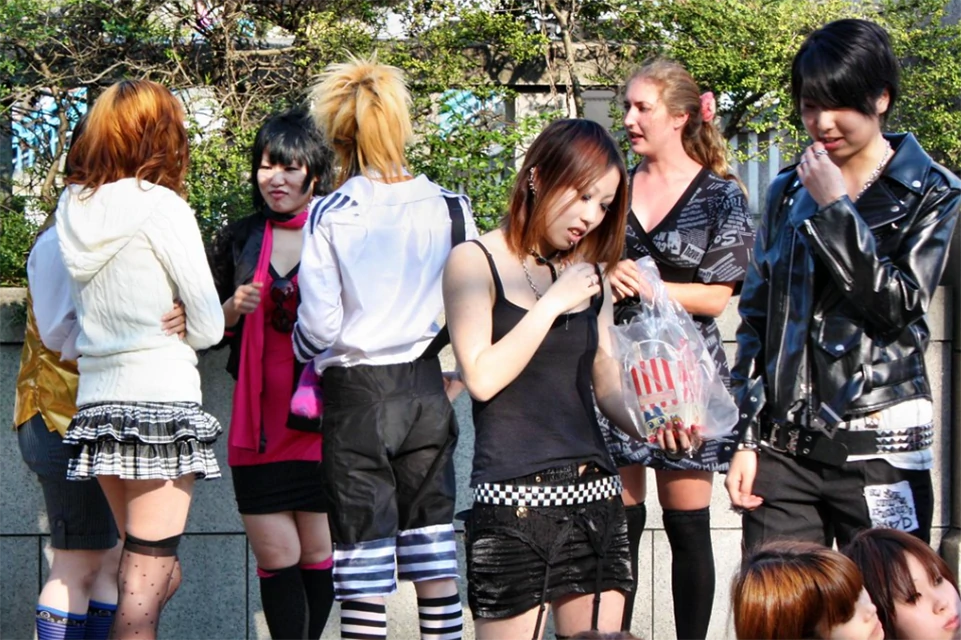
The future of Harajuku lies in balancing its rich history with the demands of modernity. Efforts to preserve the cultural heritage of the area, such as maintaining independent shops and supporting local artists, are crucial. Community-driven initiatives and events that celebrate Harajuku’s unique fashion and cultural landscape will help keep the spirit of the neighborhood alive.
Harajuku will continue to be a place where creativity knows no bounds, and where the past and future coexist in a vibrant tapestry of colors, styles, and ideas.
Quick Answers to Common Questions About Harajuku
What is the history of Harajuku style?
Harajuku style originated in the 1980s and 1990s as a blend of various subcultures, characterized by bold, eclectic fashion and a do-it-yourself ethos.
Why is Harajuku famous?
Harajuku is famous for its unique and diverse street fashion, vibrant youth culture, and as a hub of creativity and self-expression.
What does Harajuku mean in Japanese?
Harajuku translates to “meadow lodging” in Japanese.
Where do Harajuku girls hang out?
Harajuku girls often hang out on Takeshita Street, Omotesando, and around Harajuku Station.
Who are the famous Harajuku girls?
Some famous Harajuku girls include Kyary Pamyu Pamyu and models featured in the “FRUiTS” magazine.
Is Shibuya and Harajuku the same?
Shibuya is a larger district in Tokyo that includes the Harajuku neighborhood. They are not the same but are closely connected.
What is the most famous street in Harajuku?
Takeshita Street is the most famous street in Harajuku, known for its trendy shops and youthful energy.
Is Shinjuku or Shibuya better?
Shinjuku and Shibuya both offer unique experiences. Shibuya is known for its fashion and youth culture, while Shinjuku is famous for its entertainment, shopping, and business districts. Shibuya is closer to Harajuku and Yoyogi Park!
Are Shinjuku and Harajuku the same?
No, Shinjuku and Harajuku are different neighborhoods in Tokyo. Shinjuku is a major commercial and administrative center, while Harajuku is known for its fashion and youth culture.
How to dress like a Harajuku girl?
To dress like a Harajuku girl, embrace bold colors, mix and match patterns, and incorporate unique accessories. Don’t be afraid to express your individuality and creativity.
What is the main street in Harajuku?
Takeshita Street is the main street in Harajuku, renowned for its shops, cafes, and youthful atmosphere.
What is Takeshita Street famous for?
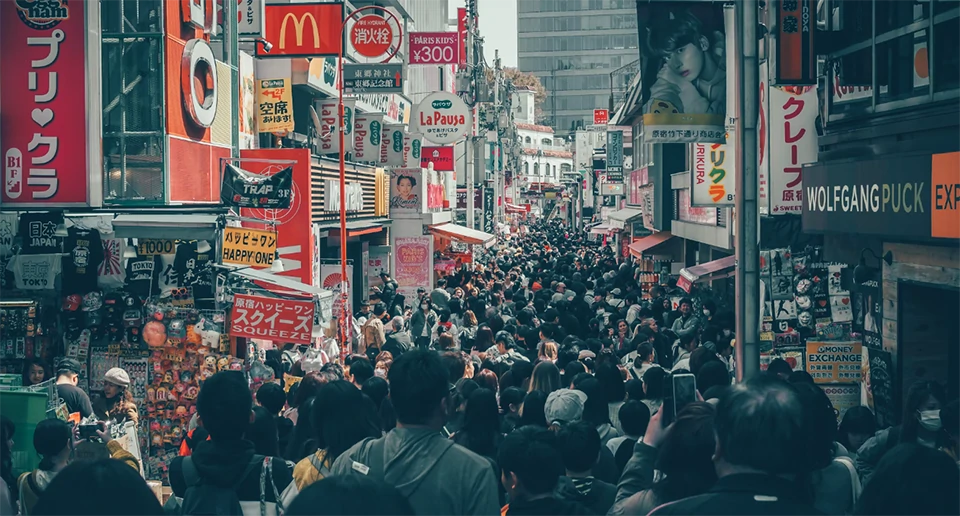
Takeshita Street is famous for its trendy fashion boutiques, quirky shops, and vibrant atmosphere, making it a hotspot for young people and tourists alike.
By understanding the rich history and cultural significance of Harajuku, we can appreciate why it remains a beloved and iconic part of Tokyo. Whether you’re a fashion enthusiast, a history buff, or just curious about this unique neighborhood, Harajuku offers a fascinating glimpse into the ever-evolving landscape of Japanese culture.
Special thanks to Tokyo Fruits, Nostos Books, Jacob Ehnmark, Mehmet Aktugan for media support.

